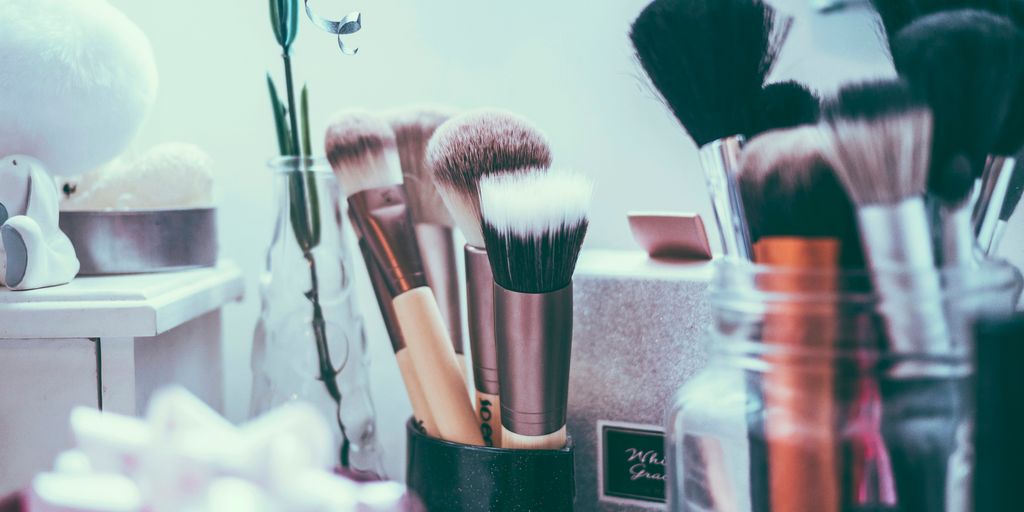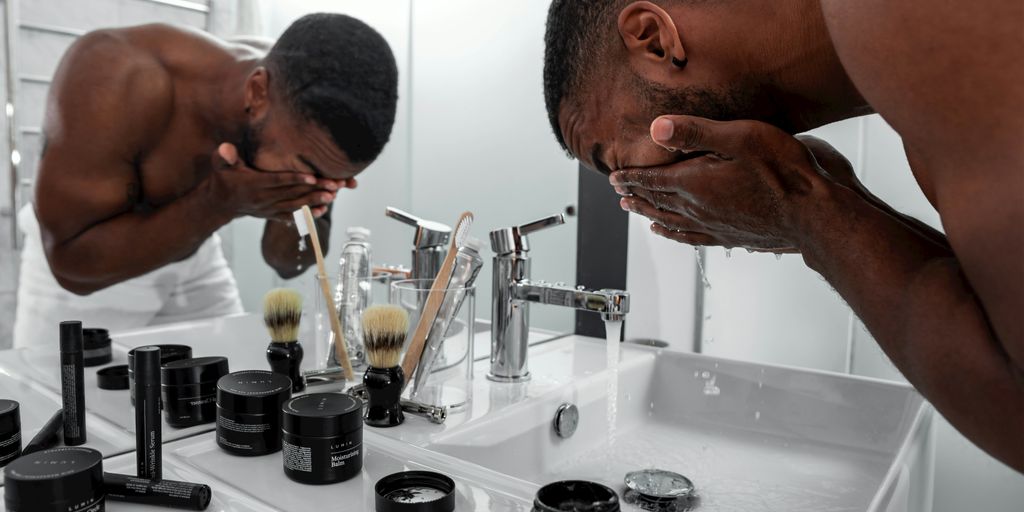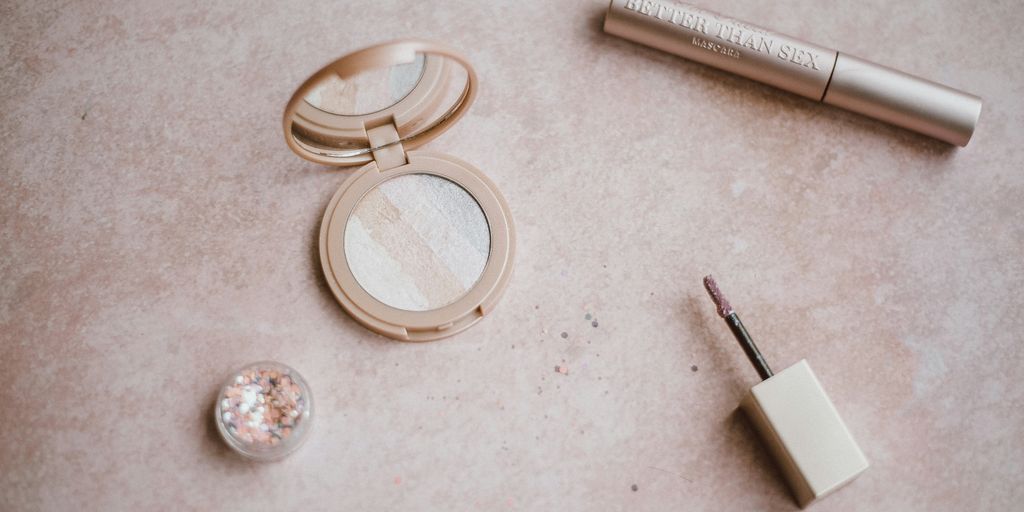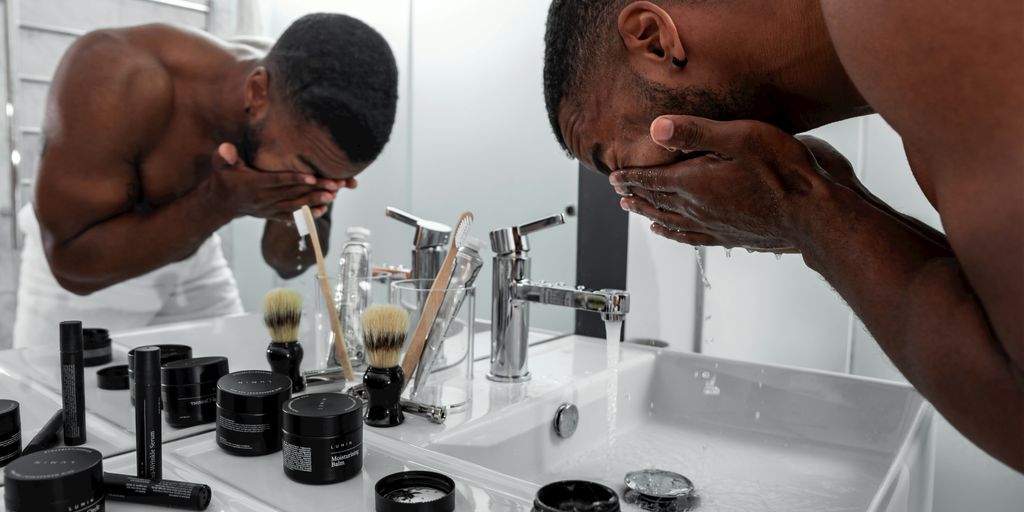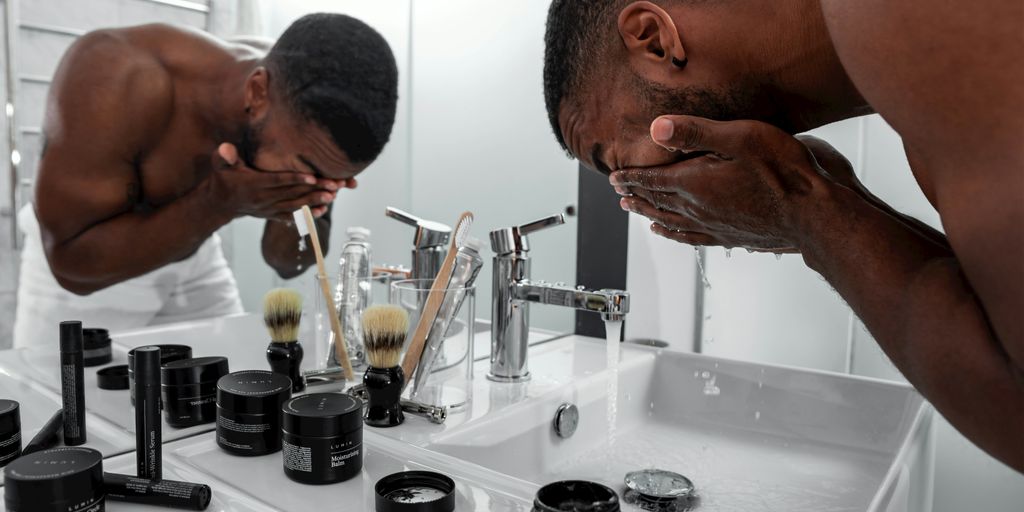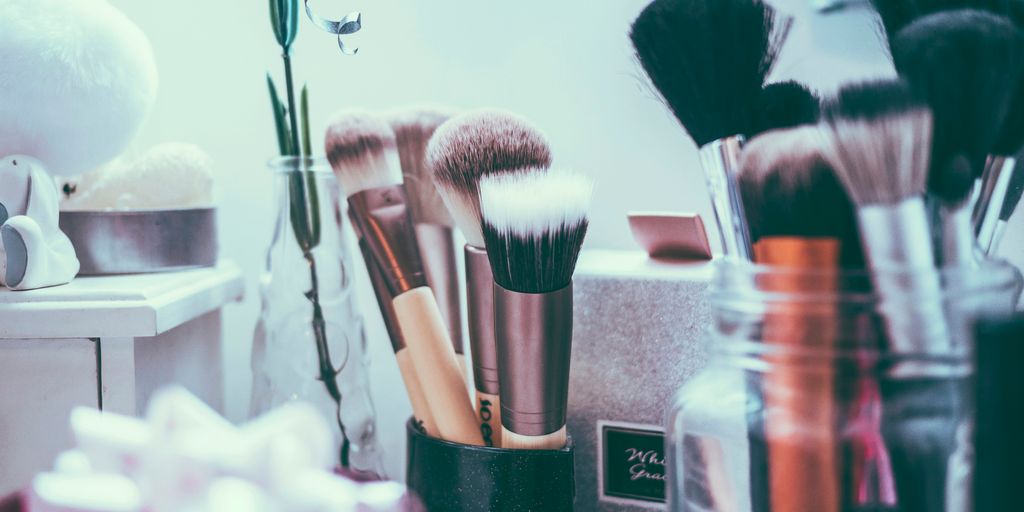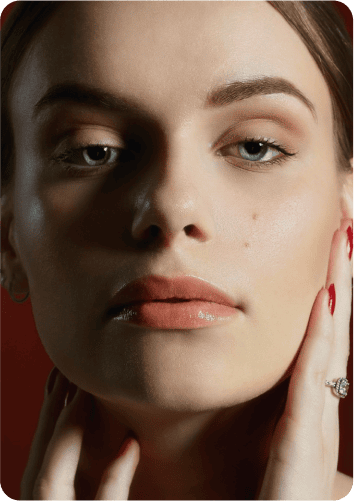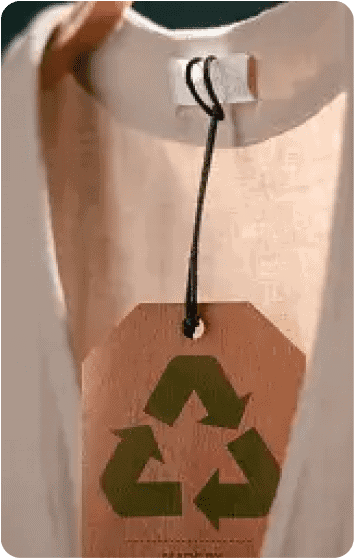In recent years, the beauty industry has seen a significant shift towards ethical practices, with many consumers demanding cruelty-free products. EOS, known for their lip balms and skincare items, has been under scrutiny regarding their cruelty-free status. As we step into 2025, it’s essential to take a closer look at EOS’s practices to answer the burning question: is EOS cruelty free? This article aims to unravel the truth behind their claims and explore their commitment to ethical standards.
Key Takeaways
- The term “cruelty-free” means no animal testing is involved in product development.
- EOS claims to adhere to ethical practices, including transparency in sourcing ingredients.
- Many brands, including EOS, are exploring alternatives to traditional animal testing methods.
- Public perception of cruelty-free products is heavily influenced by social media and consumer advocacy.
- The future of the beauty industry may see stricter regulations and increased consumer demand for cruelty-free options.
Understanding The Cruelty-Free Label
What Does Cruelty-Free Mean?
So, what does "cruelty-free" really mean? It’s a term you see everywhere, but its meaning can be a bit fuzzy. Basically, it means that a product wasn’t tested on animals at any stage of its development. This includes the ingredients, the manufacturing process, and the final product itself. However, it’s important to know that there isn’t one single, universally accepted definition. Different organizations have different standards, which can make things confusing. Some companies might claim to be cruelty-free because they don’t test the final product on animals, but their suppliers might still conduct animal testing on the ingredients. It’s a bit of a minefield, honestly.
The Importance of Cruelty-Free Practices
Why should you care about cruelty-free practices? Well, for starters, animal testing can be pretty awful. It often involves subjecting animals to painful and stressful procedures. Beyond the ethical considerations, there’s also the fact that animal tests aren’t always the best way to ensure product safety for humans. Our bodies react differently than animals, so test results can be misleading. Plus, there are plenty of alternative testing methods available now that are more humane and often more accurate. Choosing cruelty-free products is a way to support companies that are committed to ethical practices and to encourage the development of better testing methods.
Here are some reasons to support cruelty-free practices:
- Ethical treatment of animals
- More reliable testing methods
- Support for innovation in science
How Brands Are Certified as Cruelty-Free
Okay, so how do you know if a brand is actually cruelty-free? That’s where certifications come in. Several organizations offer cruelty-free certifications, like Leaping Bunny and PETA’s Beauty Without Bunnies program. These organizations have specific criteria that companies must meet to earn their certification. This usually involves submitting documentation, undergoing audits, and signing agreements to uphold certain standards. Getting certified can be a rigorous process, but it provides consumers with a level of assurance that a brand is truly committed to cruelty-free practices. However, it’s also worth noting that some brands choose not to get certified, even if they are cruelty-free, due to the cost or complexity of the certification process. So, it’s always a good idea to do your own research and look into a brand’s practices before making a purchase.
It’s important to remember that certifications aren’t the only indicator of a brand’s cruelty-free status. Some smaller brands might not have the resources to get certified but still adhere to strict cruelty-free standards. Always look for transparency and detailed information about a company’s testing policies.
EOS’s Commitment to Ethical Practices
Overview of EOS’s Ethical Standards
EOS, known for its distinctive sphere-shaped lip balms and other personal care items, has publicly stated a commitment to ethical practices. But what does that really mean? It goes beyond just slapping a label on a product. It involves a holistic approach that considers everything from ingredient sourcing to manufacturing processes. EOS claims to prioritize fair labor practices and environmental sustainability, aiming to minimize its footprint. They say they’re dedicated to making sure their products are created in a responsible way.
Transparency in Sourcing Ingredients
One of the biggest questions consumers have is about where ingredients come from. EOS says it is working towards greater transparency in its supply chain. This means tracing ingredients back to their origin and ensuring that suppliers adhere to ethical and environmental standards. However, complete transparency can be difficult to achieve, and there are always challenges in verifying the practices of every supplier. EOS has stated that they are actively auditing their suppliers to ensure compliance with their standards, but more information is needed to fully assess the effectiveness of these audits.
Partnerships with Animal Welfare Organizations
EOS has partnered with several animal welfare organizations, signaling a commitment to cruelty-free practices. These partnerships often involve financial support, joint campaigns, and collaboration on initiatives to promote animal welfare.
Here’s a few things these partnerships can do:
- Help develop and promote alternatives to animal testing.
- Support organizations that rescue and rehabilitate animals.
- Raise awareness about animal welfare issues among consumers.
It’s important to remember that partnerships alone don’t guarantee cruelty-free status. It’s essential to look at the specific actions and policies of a company to determine the extent of their commitment. While EOS’s partnerships are a positive sign, further investigation into their testing methods and supply chain is necessary to fully evaluate their ethical practices.
EOS’s dedication to ethical standards is a journey, not a destination. It requires continuous improvement, transparency, and a willingness to address challenges along the way. As consumers, it’s up to us to stay informed and hold brands accountable for their claims.
Investigating EOS’s Testing Methods
Are Animal Tests Used?
It’s a valid question to ask whether EOS uses animal testing. Companies evolve, and what was true a few years ago might not be the case today. We need to look closely at their current practices to determine if they align with cruelty-free standards. It’s not always a simple yes or no answer, as testing can occur at different stages of production or by third-party suppliers. It’s important to check for official statements and certifications to get a clear picture.
Alternatives to Animal Testing
Thankfully, the beauty industry has made strides in developing alternatives to animal testing. These include:
- In-vitro testing (testing on cells or tissues in a lab)
- Computer modeling
- Using human volunteers
These methods can provide valuable data without harming animals. It’s encouraging to see companies invest in and utilize these innovative approaches. The more brands adopt these alternatives, the closer we get to eliminating animal testing altogether.
Regulatory Compliance and Testing
Understanding the regulations surrounding cosmetic testing is key. Different countries have different rules. Some require animal testing for certain products before they can be sold there. It’s important to know if EOS products are sold in those markets and, if so, how they comply with local regulations. Compliance doesn’t automatically mean a company is cruelty-free, but it does provide context for their testing practices.
It’s worth noting that regulations can change, and companies might adapt their testing methods to meet new requirements or consumer demands. Staying informed about these changes is essential for making informed choices as a consumer.
Consumer Perception of EOS’s Cruelty-Free Status
Public Sentiment on Cruelty-Free Products
Consumers are increasingly aware and concerned about animal welfare, and this is really shaping their buying habits. More and more people actively seek out cruelty-free products, viewing it as a reflection of their personal values. This trend isn’t just a fad; it’s a growing expectation, especially among younger generations. People want to know that the products they use haven’t caused harm to animals, and they’re willing to switch brands to support companies that align with this belief.
Impact of Social Media on Brand Image
Social media plays a huge role in shaping how consumers see brands. A single viral post can either boost a brand’s reputation or seriously damage it. If there are allegations of animal testing or unethical practices, it can spread like wildfire online. Brands like EOS need to be super careful about managing their online presence and responding to any concerns raised by consumers. Transparency is key; if a brand is open and honest about its practices, it can build trust with its audience. Social media is a powerful tool for both advocacy and accountability.
Consumer Advocacy and Awareness
Consumer advocacy groups are doing a lot to educate the public about animal testing and cruelty-free alternatives. These groups often provide resources like lists of certified cruelty-free brands, making it easier for consumers to make informed choices. They also put pressure on companies to adopt more ethical practices. This increased awareness is pushing the beauty industry to move away from animal testing and embrace more humane methods.
Consumers are becoming more vocal about their expectations for ethical products. They’re not just passively buying; they’re actively researching and demanding transparency from brands. This shift in consumer behavior is driving real change in the beauty industry.
Here’s a quick look at how consumer awareness has grown over the years:
- Increased online searches for "cruelty-free products"
- More consumers checking for certifications like Leaping Bunny
- Greater participation in online campaigns against animal testing
Comparing EOS to Other Brands
How EOS Stands Against Competitors
When we look at EOS, it’s important to see how they stack up against other brands making similar cruelty-free claims. It’s not always a straightforward comparison. Some brands might focus heavily on natural ingredients, while others prioritize affordability. EOS has carved out a niche with its distinctive packaging and focus on lip care, but how does that translate to their ethical standing compared to others?
Industry Standards for Cruelty-Free Claims
Navigating the world of cruelty-free claims can feel like walking through a maze. There are a few different certifications out there, like Leaping Bunny and PETA’s Beauty Without Bunnies, and each has its own set of criteria. A brand can claim to be cruelty-free without holding any official certification, which is where things get tricky. It’s up to us as consumers to do our homework and understand what these claims really mean. Are they simply avoiding animal testing on the finished product, or does it extend to their ingredient suppliers as well?
Case Studies of Other Brands
Let’s take a quick look at how other brands handle their cruelty-free status. For example, Brand A might be fully certified by Leaping Bunny, meaning they’ve undergone a rigorous audit of their supply chain. Brand B, on the other hand, might rely on a statement on their website, saying they don’t test on animals, but without providing much detail. And then there’s Brand C, which might be cruelty-free but not vegan, meaning their products could still contain animal-derived ingredients like beeswax or lanolin. Seeing these different approaches helps us understand the spectrum of ethical practices in the beauty industry.
It’s worth remembering that no single brand is perfect, and ethical consumerism is about making the best choices we can with the information we have. By comparing brands and understanding their commitments, we can support the companies that align with our values.
Here’s a simple comparison table:
| Brand | Certification | Animal Testing Policy | Vegan Options |
|---|---|---|---|
| EOS | Uncertified | Claims to be cruelty-free | Some |
| Brand A | Leaping Bunny | No animal testing at any stage | Yes |
| Brand B | None | States no animal testing | Limited |
The Future of Cruelty-Free Practices
Trends in the Beauty Industry
The beauty industry is changing, and cruelty-free is becoming more than just a trend—it’s becoming an expectation. Consumers are way more aware and are actively seeking out brands that align with their values. We’re seeing a rise in demand for transparency, with people wanting to know exactly what goes into their products and how they’re made. This shift is pushing companies to rethink their practices and invest in ethical and sustainable alternatives. It’s not just about avoiding animal testing anymore; it’s about the entire supply chain.
Potential Changes in Regulations
Regulatory landscapes are always evolving, and the push for cruelty-free standards is no exception. More countries are considering or implementing bans on animal testing for cosmetics, which is a huge step forward. These changes could level the playing field, making it easier for truly ethical brands to compete and harder for companies to hide behind misleading labels. However, enforcement is key. Regulations are only as good as their implementation, so it’s important to stay informed and advocate for strong, effective laws.
The Role of Consumer Demand
Consumer demand is a powerful force. Ultimately, the future of cruelty-free practices rests on our shoulders. By supporting brands that prioritize ethics and sustainability, we send a clear message to the industry. It’s about voting with our wallets and making informed choices. The more we demand cruelty-free options, the more accessible and affordable they will become. It’s a collective effort, and every purchase makes a difference.
Choosing cruelty-free isn’t just about beauty; it’s about creating a more compassionate and sustainable world. It’s about recognizing that our choices have an impact and using our power as consumers to drive positive change.
Making Informed Choices as a Consumer
How to Identify Truly Cruelty-Free Brands
Okay, so you want to make sure the products you’re buying are actually cruelty-free? It can be tricky, I know. Brands can be sneaky with their marketing, and it’s easy to get confused. First, look for certifications from trusted third-party organizations like Leaping Bunny or PETA. These guys have pretty strict standards and do their homework. Don’t just rely on a brand saying they’re cruelty-free on their own website. Do a little digging. Check if they sell their products in countries where animal testing is required by law. If they do, that’s a red flag. Also, be aware of parent companies. Sometimes a brand might be cruelty-free, but its parent company isn’t. It’s a bit of a rabbit hole, but worth it if you really care.
Resources for Ethical Shopping
There are some great resources out there to help you shop ethically. Here are a few I find helpful:
- Cruelty-Free Kitty: A blog that keeps an updated list of cruelty-free brands.
- Ethical Elephant: Another great resource for finding cruelty-free and vegan products.
- Think Dirty: An app that lets you scan product barcodes and see their ingredients and ethical ratings.
It’s easy to feel overwhelmed when you’re trying to make ethical choices. Don’t try to change everything overnight. Start small, focus on one or two product categories at a time, and gradually switch to cruelty-free alternatives as you run out of your old stuff.
The Impact of Your Choices on the Industry
Your buying choices really do make a difference. When you choose cruelty-free products, you’re sending a message to companies that ethical practices matter. The more people demand cruelty-free options, the more companies will be forced to listen and change their ways. It’s all about supply and demand. Plus, supporting cruelty-free brands helps them grow and innovate, which means even better products in the future. It’s a win-win for everyone – except the animals being tested on, of course. And that’s the whole point, isn’t it?
As a smart shopper, it’s important to make choices that are good for you and the planet. By understanding what you buy, you can support brands that care about the environment and your health. Check out our website for tips and tools that can help you shop wisely and make a positive impact. Start making better choices today!
Final Thoughts on EOS and Cruelty-Free Practices
In wrapping up, it’s clear that the question of whether EOS is truly cruelty-free isn’t as straightforward as it seems. While they’ve made strides in promoting vegan products and avoiding animal testing, the complexities of their supply chain and ingredient sourcing raise valid concerns. It’s essential for consumers to stay informed and ask the right questions about the brands they support. If you care about cruelty-free practices, consider researching further and supporting brands that align with your values. Your choices matter, and they can push companies like EOS to be more transparent and responsible in their practices.
Frequently Asked Questions
Is EOS a cruelty-free brand?
Yes, EOS is considered cruelty-free, meaning they do not test their products on animals.
What does cruelty-free mean?
Cruelty-free means that a brand does not conduct any animal testing at any stage of product development.
How does EOS ensure its products are cruelty-free?
EOS ensures cruelty-free practices by sourcing ingredients responsibly and partnering with organizations that support animal welfare.
Are there any animal tests used in EOS products?
No, EOS does not use animal testing for its products or ingredients.
How can I verify if a brand is cruelty-free?
You can check for certifications from organizations like Leaping Bunny or PETA, or look for cruelty-free labels on the product packaging.
What impact does consumer demand have on cruelty-free practices?
Consumer demand encourages brands to adopt cruelty-free practices, as more people prefer to buy products that are ethical and animal-friendly.
